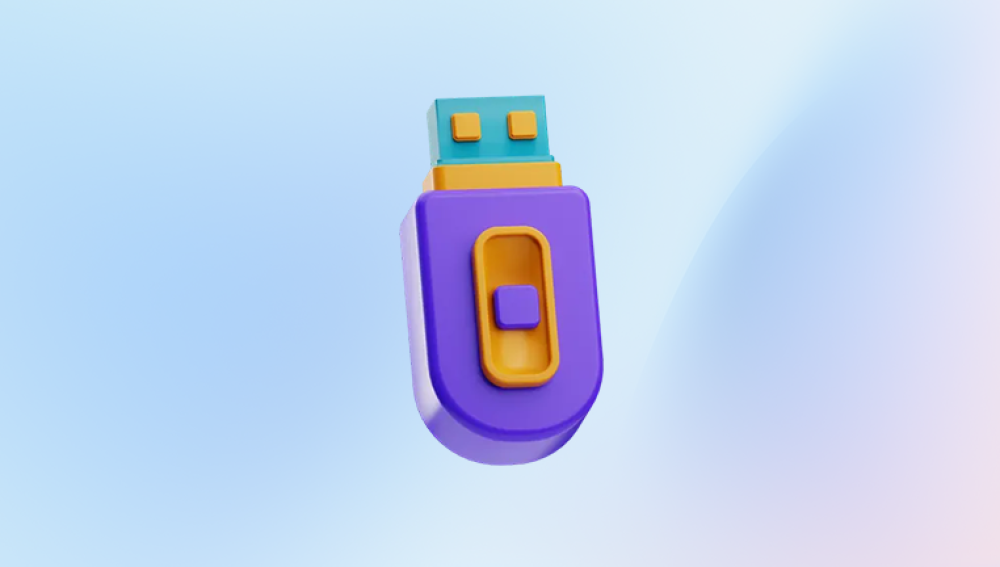When files disappear from an external hard drive, it can be due to several reasons such as accidental deletion, file system errors, virus attacks, or hardware failures. Here's a comprehensive guide to help you understand the potential causes and solutions:
Possible Causes
Accidental Deletion: Files might be accidentally deleted or moved to a different location without noticing.
File System Errors: Corruptions in the file system can make files inaccessible or invisible.
Virus or Malware: Malicious software can hide or delete files.
Hardware Issues: Physical damage to the hard drive can cause data loss.
Software Issues: Problems with the operating system or file management software can lead to missing files.

Steps to Recover Disappeared Files
1. Check the Recycle Bin/Trash
If files were accidentally deleted, they might be in the Recycle Bin (Windows) or Trash (Mac). Simply restore them from there if found.
2. Use File Recovery Software
Several software solutions can help recover lost files. Some popular options include:
Recuva: A user-friendly tool for recovering files from damaged or formatted drives.
EaseUS Data Recovery Wizard: Offers a comprehensive recovery solution for various data loss scenarios.
PhotoRec: An open-source tool that works well for many file types.
Steps to use recovery software:
Download and Install: Install the chosen software on your computer.
Scan the Drive: Select the external hard drive and start a scan for lost files.
Preview and Recover: Once the scan is complete, preview the recoverable files and restore them to a safe location.
3. Check for Hidden Files
Files may become hidden due to system errors or malware. To check for hidden files:
Windows:
Open File Explorer.
Click on the "View" tab.
Check the "Hidden items" box.
Mac:
Open Finder.
Press Command + Shift + Period (.) to toggle hidden files.
4. Run a Virus Scan
Run a thorough virus scan using reliable antivirus software to ensure no malware is hiding or deleting files.
5. Use Command Prompt/Terminal
Sometimes, files might be hidden due to a command or system error. You can use Command Prompt (Windows) or Terminal (Mac) to try and recover these files.
Windows:
Open Command Prompt as an administrator.
Type chkdsk /f [drive letter]: and press Enter to fix file system errors.
Type attrib -h -r -s /s /d [drive letter]:\*.* and press Enter to remove hidden and system attributes from files.
Mac:
Open Terminal.
Type sudo chflags nohidden [file path] and press Enter.
6. Check Disk Utility (Mac)
Use Disk Utility to check and repair the external hard drive:
Open Disk Utility.
Select the external hard drive.
Click on "First Aid" to repair the drive.
7. Consult Professional Data Recovery Services
If the above methods don't work or if the data is extremely valuable, consider consulting professional data recovery services. They have specialized tools and expertise to recover data from damaged drives.
Preventive Measures
To prevent future data loss:
Regular Backups: Regularly back up important data to multiple locations, such as cloud storage and other external drives.
Use Antivirus Software: Keep antivirus software updated to protect against malware.
Safely Eject Drives: Always use the "safely remove" option before unplugging external drives to prevent file system corruption.
Update Software: Keep your operating system and file management software updated to minimize risks of bugs and errors.
Monitor Drive Health: Use tools like CrystalDiskInfo (Windows) or SMART Utility (Mac) to monitor the health of your drives.




